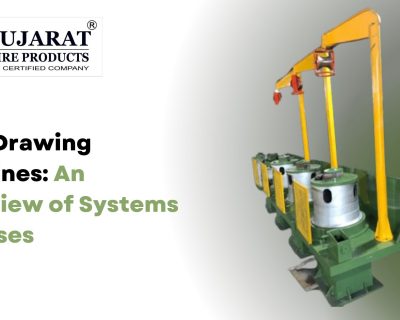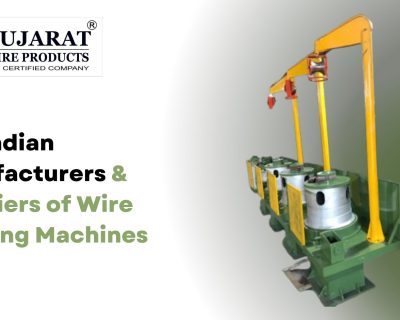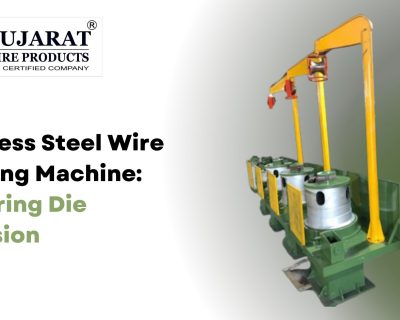Blog

Wire Drawing Machine Process
Wire Drawing Machine
The Wire Drawing Machine aims to reduce the wire’s cross-section to the desired size by passing it through one, two, or three dies. Drawing is divided into two categories based on different operating temperatures: cold drawing at room temperature and hot drawing at elevated temperatures. There are numerous applications for drawing, including electrical wiring, cables, and wheels. And stringed musical devices or equipment.
Process of Wire Drawing Machine
The pointing machine typically contracts the wire to fit through the die, and then it passes through the die. As the volume of the wire continues as before, the width of the wire is getting more modest and the length will be longer. Widely talking, the wire requires a progression of drawing, through smaller and smaller dies, to arrive at the specific size.
Lubrication
Lubrication is a significant piece of the drawing process, for its nearest relationship with the great surface and die. Given various lubrication conditions, there are two kinds of drawing: wet and dry. A straight drawing machine is a dry drawing machine. Its wire or bar goes through a lubricant compartment, while a wet drawing machine considers the wire or bar being totally submerged in lubricant.
Drawing Dies
Usually, Wire Drawing dies consist of tool steel, tungsten carbide, or diamond, all of which have highly durable surfaces. We use different dies depending on the wire sizes we process. When we need to draw extremely fine wire, we utilize a diamond die. For hot drawing, we employ cast-steel dies, and for steel drawing, we use tungsten carbide dies.
Read more: Nail Framing
Please visit our official Facebook Page for updates from us.
For more details about our products, you can Contact Us.




